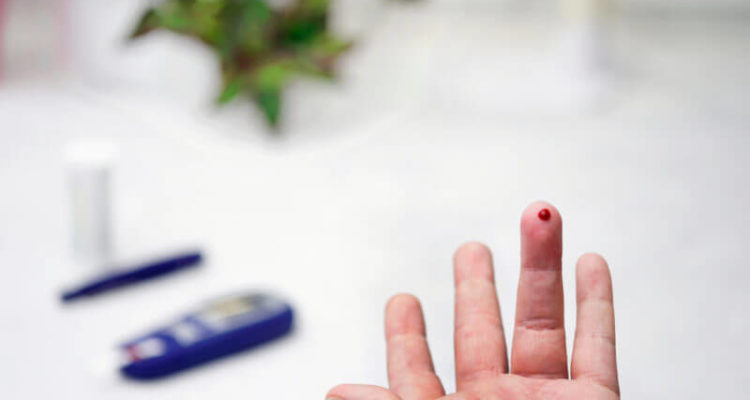
Signs of diabetes and high blood sugar in women
0
It is important to detect the symptoms of high sugar in the early stages in order to start treatment on time and avoid complications.
Classic symptoms of type 2 diabetes in men and women are similar: thirst, frequent urination, dry mouth. The differences in symptoms come down to the fact that women are more emotional, more prone to the influence of the hormonal background, tend to “eat” stress.
The first signs of high blood glucose (pre-diabetes) in women may be weakness, lack of energy, and reduced work capacity. This includes drowsiness and lethargy immediately after eating. If this happens sometimes after abundant consumption of carbohydrates, this is a variant of the norm. If every time you want to sleep after eating, it is an alarming sign.
Overweight. Fat deposits are a serious risk factor for the development of diabetes, which causes insensitivity of tissues and cells to insulin. Insulin is a hormone that helps transfer sugar from the blood to other cells of the body.
From the point of view of the development of diabetes, it is very important where the excess fat deposits are located. If in the thigh area, it is not so dangerous. But accumulation around the waist is the cause of carbohydrate metabolism disorders.
Constant desire to eat sweet foods. A woman notes that she constantly craves fatty and sweet foods, such as cakes.
Itching of the skin, especially in the groin area. Urine containing sugar is a good nutrient medium for bacteria; getting it on the skin of the perineum causes itching and the development of hives.
People with diabetes are more likely than others to get fungal infections. Due to the weakening of the body, these infections affect the body more quickly, and full treatment requires more time and effort. Therefore, frequent fungal infections should alert both men and women.
Reasons for the development of type 2 diabetes:
- disruption of metabolic processes;
li>
- hereditary predisposition;
- cardiovascular diseases;
- use of corticosteroids;
- adrenal gland dysfunction;
- obesity ;
- diseases that contribute to the destruction of cells responsible for the production of insulin. For example, pancreatitis, pancreatic cancer;
- viral infections. They can become the starting point for the development of diabetes;
- constant stress;
- age. After a certain age, the risk of developing diabetes doubles every 10 years.
Prevention of diabetes
- watch your weight and avoid extra kilograms;
- lead an active lifestyle, don't sit for a long time;
- eat properly;
- treat all diseases;
- control your sugar level on the blood.









Leave a Reply